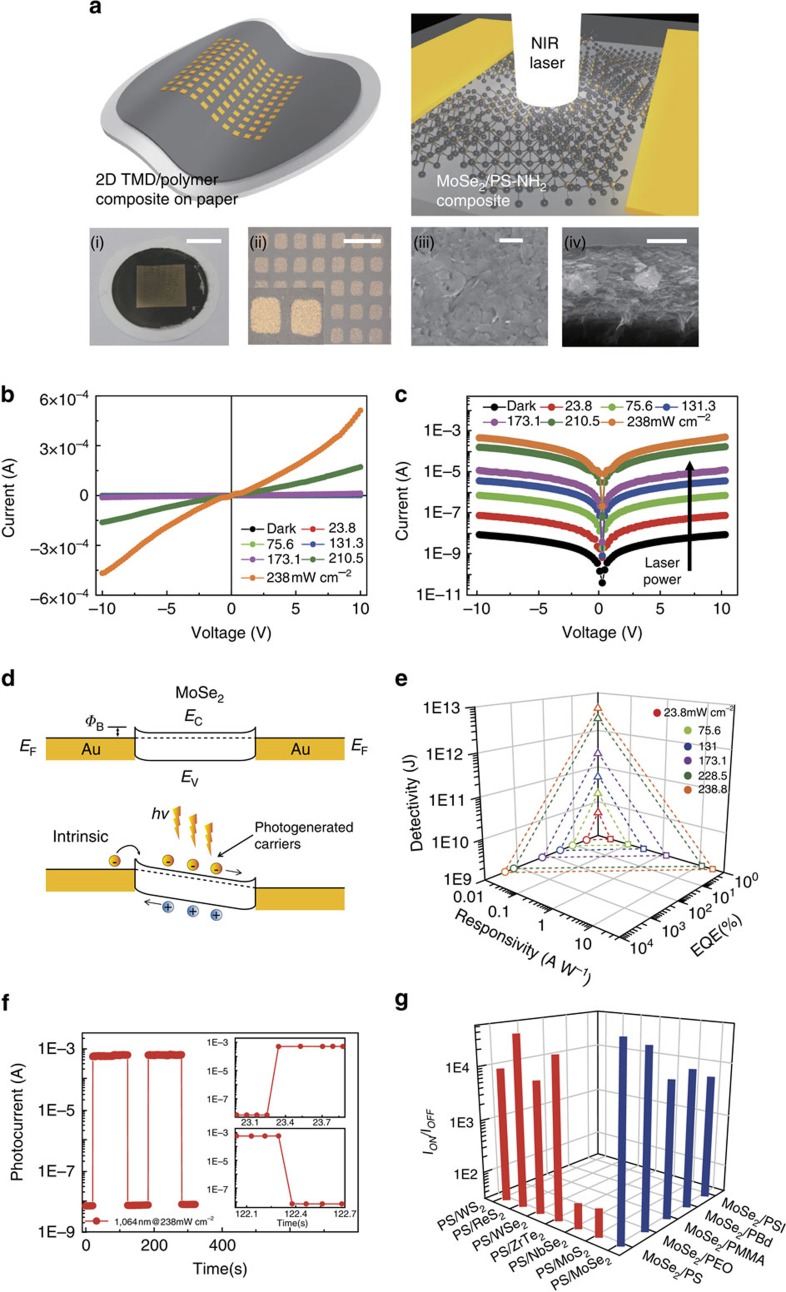Figure 3. NIR photodetection performance of thin TMD composite films.
(a) Schematic illustration and photographs of the two-terminal, parallel-type photodetector device cells consisting of MoSe2 nanosheets exfoliated with PS-NH2. The composite film was deposited on nylon membrane filter paper by a vacuum filtration method. SEM images of the surface and cross-sectional structure of the composite film reveal that few-layer MoSe2 nanosheets are stacked with each other with the normal surface of the nanosheets preferentially aligned parallel to the film normal direction. (Scale bars: (i) 6 mm; (ii) 500 μm and (iii and iv) 500 nm) (b) Linear and (c) semi-log scale I–V characteristics of the MoSe2 photodetector in the dark and under different light intensities of NIR light at a wavelength of 1,064 nm with a bias voltage of ±10 V. The photocurrent increases with increasing light intensity due to photo-excited carriers in the exfoliated MoSe2 nanosheets. (d) Band diagram of the MoSe2 photodetector device. (e) The corresponding responsivity, specific detectivity and external quantum efficiency values of the photodetector as a function of the NIR intensity at a bias voltage of 9 V. (f) Photoswitching behaviour of the photodetector under alternating ON and OFF NIR light with an intensity of 238 mW cm−2. Both the switch-ON and -OFF times of the detector were ∼100 ms. (g) Ratios of the photocurrent to the dark current of the MoSe2 composites with different amine-terminated polymers. The current ratios of various TMD composites with PS-NH2 are also shown. All of the values were obtained at a light intensity of 238 mW cm−2.

